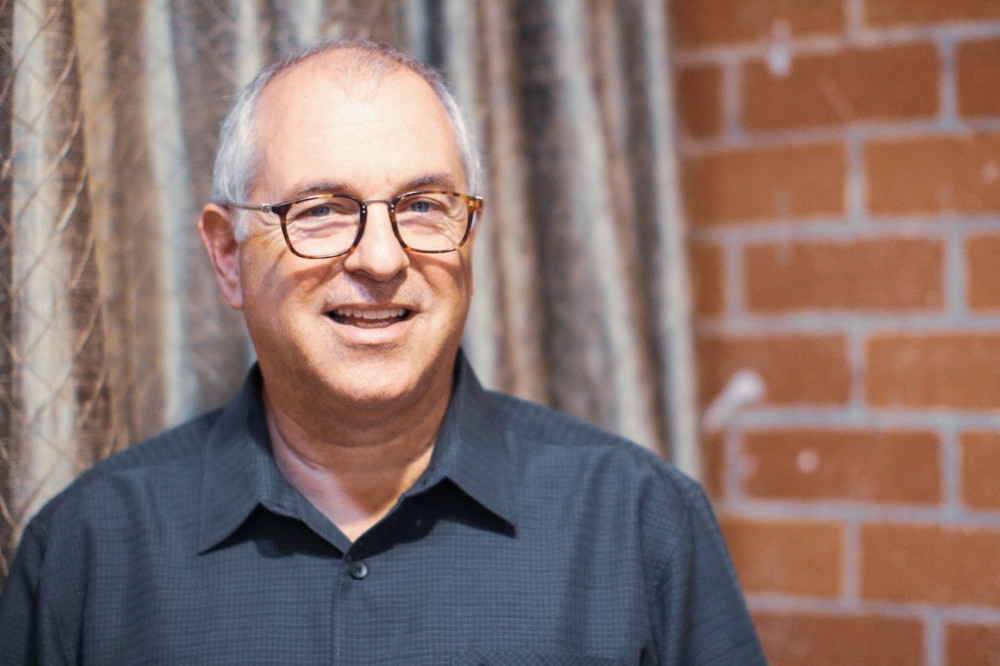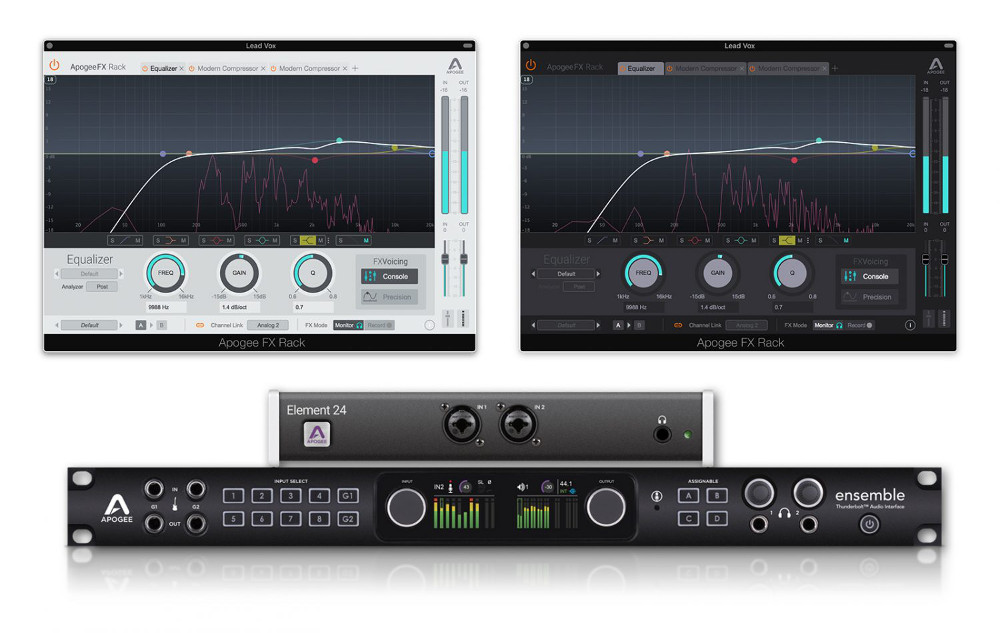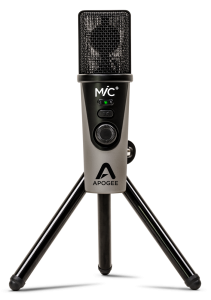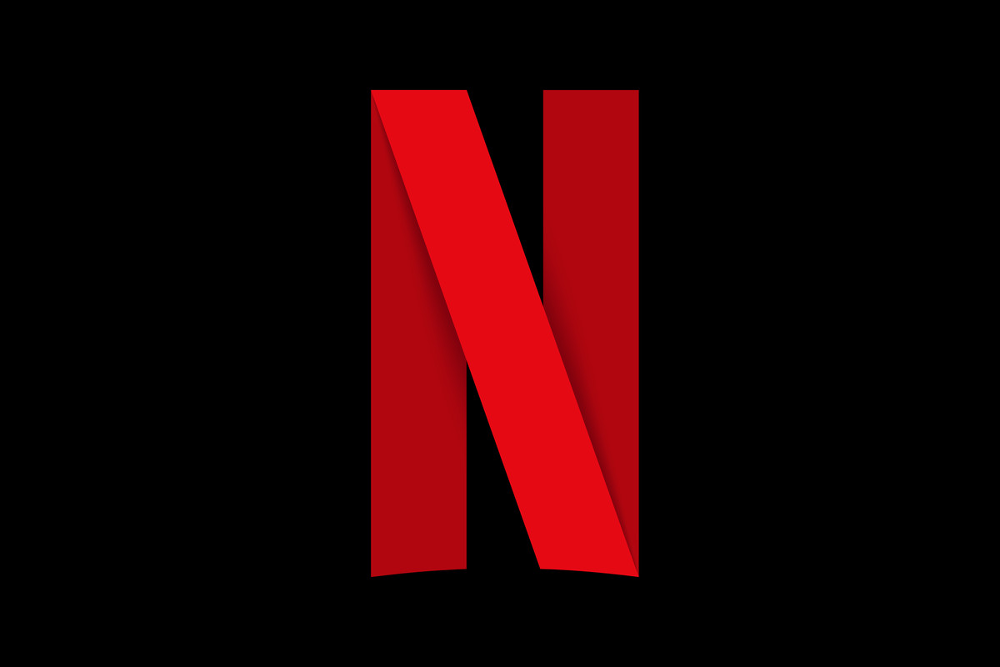Executive Audio: Phil Wagner Is Shaping Strategy at Apogee
Do people drive technology, or is the other way around?
In the audio realm, the cycle of invention and inspiration is always clearly on display. Engineers and artists develop hardware, software and apps to fulfil creative visions for themselves and others. Real-world uses of these innovations – expected and unexpected – lead to new sounds, then push their peers to develop yet another round of plugins, processors and instruments.
There are few who are better tuned into this positive cycle than Phil Wagner, a pro audio industry veteran who was recently named President of Apogee Electronics. His resume of leadership in recording, post, broadcast and MI runs decades deep, coming to Apogee after a previous post as President of Focusrite. While there he oversaw tenfold growth from its previous size over a seven-year period, helping power the parent company’s ability to go public in 2014.
Prior to that Wagner was President of Solid State Logic Inc. (SSL), under the ownership of Peter Gabriel. Today he’s well regarded as an operations, marketing and sales specialist, but Wagner wasn’t always perched in the C-suite: His career kicked off in New York City where he was a recording engineer at Soundworks, which was built into the basement of Manhattan’s iconic Studio 54.
Wagner’s position at the helm of Apogee takes him in a full circle of sorts. As you’ll see below, Apogee’s first filters made an impact on his recording work in the mid-80’s, and he’s continued to observe their innovations ever since. Following the launch of their 924 and 944 filters for Sony, Otari and Mistubishi recorders in 1986, Apogee has registered a number of firsts in the conversion and interface space with solutions such as the AD-8000 multi-channel 24-bit audio interface, Trak 2 converter/preamp, Big Ben standalone digital master clock, Ensemble FireWire audio interface, Duet portable interface, 32-channel Sympony I/O, JAM guitar input for iOS devices and Mac, and more.
To guide one of audio’s many guiding forces, Wagner must be fully plugged into the fast-evolving ecosystem. What can music and sound professionals expect next? This Q&A gives more than a glimpse.
Let’s get caught up: What had you been doing in the time since you left Focusrite, and before you joined Apogee?
I took close to a year and I traveled the world. I went to five countries, and covered Alaska and Hawaii. I skied a lot, went to New York a bunch of times and Nashville and Miami. I knew that I’d be back behind a desk and a computer eventually, so I took the opportunity to really do a lot of traveling, clear my head, and get ready for the next big challenge.
What perspective did that give you personally, and on the audio industry?
It’s interesting. Personally, I think it gave me an opportunity just to catch up with myself. My wife had passed away, and after seven years of growing Focusrite so significantly, going public, I really needed a chance to slow down a little bit. You work 12 hours a day for seven years, you need years just to relax, so I jammed it into a year to get the perspective.
The plan was to stay in touch with my friends and colleagues in the industry and figure out what my next move would be, and that lead me back to Apogee. I know Betty Bennett, the CEO and co-founder of the company and her husband Bob Clearmountain so well, that I figured that Apogee was a natural. And people that know me well are not surprised by this because my wife worked here, actually for fifteen years and Betty gave me my first start when I left the recording studio, Soundworks, in New York City. We worked together at Soundcraft way back when and we’ve been friends ever since. It was a natural progression for me.
When I look back on it, I prefer a family-oriented business with an entrepreneurial spirit. That’s always appealed to me and that’s what we have here. I’m really tuned into the value proposition of Apogee, having known Betty and Bruce Jackson, who co-founded the company, going back to the earliest days when we had the Sony 3324 machine with Apogee filters in it show up at Soundworks. If you know Apogee from the beginning, you know what they stand for, which is amazing sound quality.
Charting Audio Trends
How would you characterize the overall pro audio market right now? Both in terms of user needs and opportunities and the solutions that are available to them.
I think the market is moving downward on price to a degree and also upwards on technology. It’s been obvious for years now, audio production is very plugin-oriented.
On the upper end Dante technology is very active and Audinate is developing solutions that are powerful and productive for professional users. Also, musicians are taking advantage of the power of their laptop and their iOS devices more than ever before.
Drilling down, how would you say the user expectations for audio interfaces and converters — which are the heart of Apogee’s offerings — are evolving?
One thing that we see more of is that recording plugins seems to be the desired workflow. Where we are in a virtual world, that workflow of the ability to print your plugin is more desirable than people had thought. Companies that have that workflow seem to be driving the market, and therefore companies like Apogee, and the new FX Rack solution that we announced at NAMM, are going to solve that workflow need with new preferred options.
Where do you see the importance of converters and conversion quality for that type of market? Is that something that these users continue to think about and to have on their mind, or do they think about it in a different way now?
Apogee represents extremely high quality conversion, it’s the greatest strength of the company and we have an incredible staff of engineers who keep that focus in mind. But we also have to tune ourselves into the landscape with plugin offerings. We’re focused on that. We announced it at NAMM and we believe that we’ll be coming out punching soon.
The key is that just having an interface alone isn’t enough. You have to have a software offering and the dual path workflow. As we announced at NAMM, FX Rack allows you to record with the plugin, to monitor it only, to have that switching, so it combines native and the ability to manage the workflow change between a monitor-only or record-path option. This will be the ultimate in flexibility.
What are the other aspects of what Apogee offers that you believe give you your own lane?
Symphony [I/O Mk II multi-channel audio interface] certainly is a very sophisticated, high end interface that really doesn’t have an equal in the industry. So many professionals that are really at the top of their class respect and recognize it for its extreme audio quality and its functionality. It represents the pinnacle for very many uber-professional engineers with PT HD, Thunderbolt and Soundgrid options.
And there are also developments like the software offerings we announced in July, a partnership with Eventide where we’re offering Ensemble plugins on a six-month basis with our Thunderbolt interfaces. So, we’re getting into the software side rather quickly. And we also have our iOS-oriented products with Jam and MiC Plus and many of our products are uniquely integrated into Logic Pro. We tie ourselves into Logic nicely.
A Practical Protocol
We’ve talked about where you fit in and the opportunities. Conversely, what about the market is most challenging for Apogee? How are you striving to improve your offerings?
I think the key is that any pro audio company has to innovate and adapt to market trends, and that’s what we’ll do, while staying true to our brand. That’s a challenge for any audio company, but that’s what our plans are and it’s related to the above answers really: We have to be in the market where the market expectations are.
Are there other companies in the pro audio space who are doing work that you personally admire?
I’ve done a lot of work over the years with Audinate and their Dante protocol. Apogee announced some times ago a plan to offer Dante-oriented products. They’re represented by, probably at this point close to 500 different audio companies with thousands of products, and they are the predominant and most successful audio-over-IP networking technology of any of them. There are other protocols that are also productive for some, but Dante is the most ubiquitous, most successful, and really the easiest to use and integrates across multiple disciplines for different markets.
Audinate is tremendously supportive to the manufacturers and I admire how responsive they are, how innovative they are, and how much they are a stable entity. They’re meeting the needs of a modern day production environment, and providing tremendous flexibility of users in a number of different markets.
What would you say are the unique responsibilities that come with being president of Apogee? Where are the opportunities for personal growth that the position inspires, and what are the hard decisions that come with the territory?
At Apogee I’m here in our main headquarters, and there’s a lot of responsibility to various departments that are involved with manufacturing, engineering, sales and marketing of course, and even warehouse operations.
So, as president of the company it does provide a lot more responsibility in a number of different areas. I’m working closely with the various teams to inspire and build the team so we can achieve more, build great products and innovate and improve our product line. Those are the key responsibilities.
Finally, who is someone outside of the audio vertical that has been inspirational to you, personally?
It’s inspirational when I look at Reed Hastings and Netflix. I tend to pay close attention to Silicon Valley, and Reed Hastings built an empire out of emerging technology with streaming video.
It was so interesting because when the Blu-ray came out, I was so excited about it and then one of my close friends — an audio guru who’s a television engineer — said to me, “But really, the shiny disc is over, it’s all about streaming.” That was probably about 18 years ago and certainly, with Netflix, they did it profitably, which is a difficult one in audio streaming but they upended the traditional go-to market strategy of the film studios. They created their own content machine and effectively killed the DVD and Blu-ray disc formats.
I think that that ability to really change the home video landscape when the Internet was barely 10Mb/s — and now you’re looking at 100Mb/s or even ten times that — was impressive. I really respect companies that can look forward and not say, “Well, but you can’t, but you can’t.” Instead visionaries have a “I can and will” attitude which is really great. Netflix was a game changer then and it is certainly the current standard. To be able to jump so far ahead of the incumbent technology, that’s a giant step.
- David Weiss
Please note: When you buy products through links on this page, we may earn an affiliate commission.










